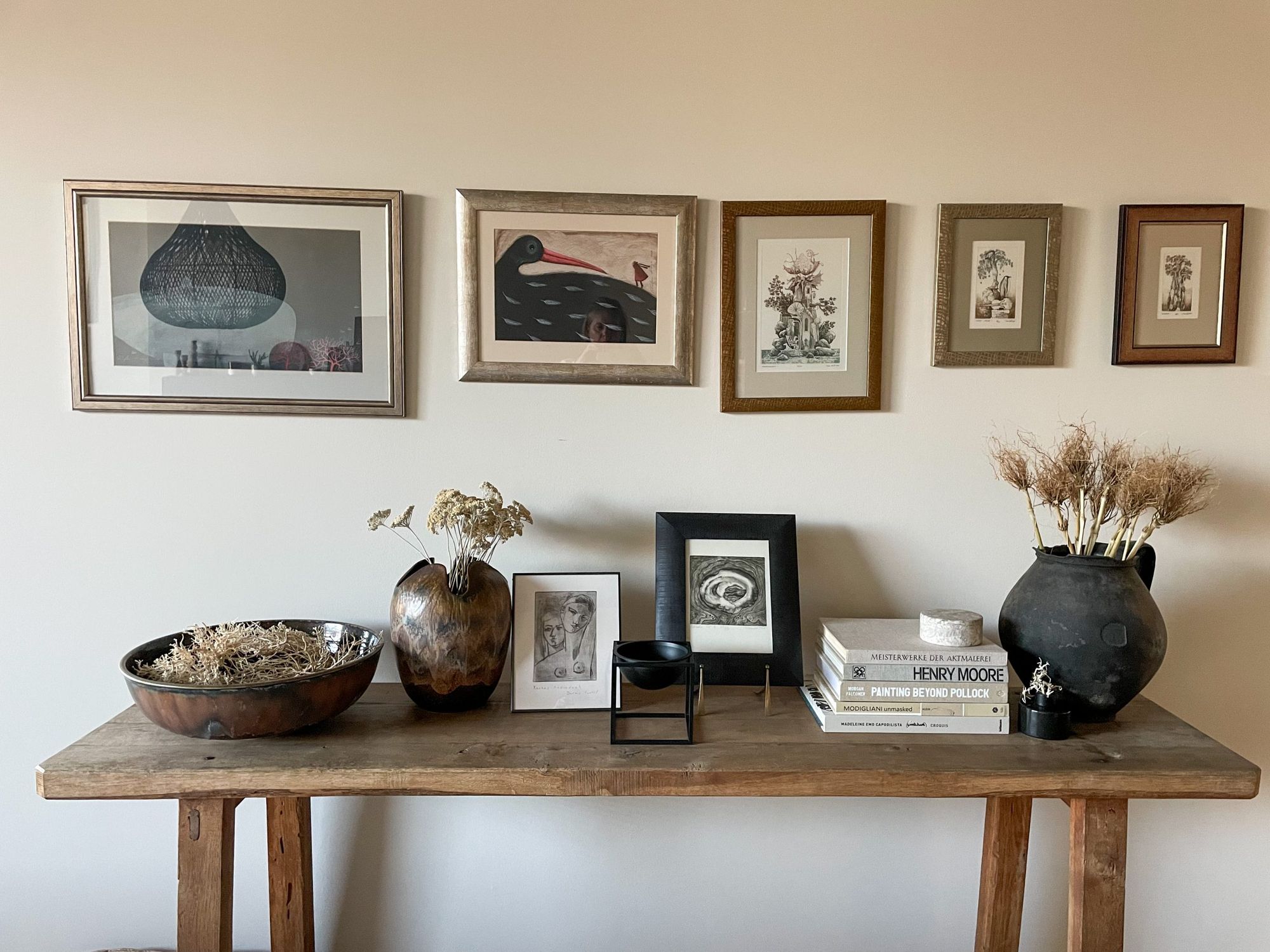Objects, in fact, carry a lot of stories—perhaps Andrea Farkas, founder of the Instagram page Másik történet, knows this best, who, after a career of nearly twenty years as an interior designer, has found fulfillment in the online antique trade. In Másik történet, we can see for ourselves how antiques can have so much more than just a decorative role. Andrea is determined to find out their story and sometimes even goes so far as to bid for a piece in her pajamas on a Sunday night.
Ever since you were a kid, you wanted to be an interior decorator, and now your everyday life revolves around antiques. Was there a defining object in your life that led you to start working with them?
When I was ten years old, my mother gave me a brigade diary, which, in case you don’t know, is a big red leather-bound diary that was used by the brigades in socialism. When I got it, I used it to design furniture and houses. But there were also some specific objects, small things and heirlooms from my great-grandmother; some of them are already rusty and I keep them under glass: a small tea box and a porcelain coffee cup. They were always coming with me, and I’m sure they played a part in my attachment to old objects.
Twenty years into your career, “Másik történet” was born. Where did the idea come from?
This was a very long process, partly related to the fact that I was designing living spaces. In my designs, I also felt the need for something old to soften or enrich the space in a minimalist interior. Honestly, I’ve had the idea for a very long time. In my own home, I always had old objects, I was already playing freely with antiques mixed into the modern environment, but I always found beautiful pieces that I couldn’t fit into the space anymore. Hence, they went into the garage, saying, “I’ll do something with them; I’ll sell them.” It took me about five or six years of planning before I actually did it. Things were piling up more and more, but in 2019 the determination was getting stronger and stronger, and I was already thinking a lot about this. Finally, in January 2020, I signed up for the site and put up a few items as a test. I didn’t have a marketing strategy and I was absolutely living in the present moment; this many followers came together organically.
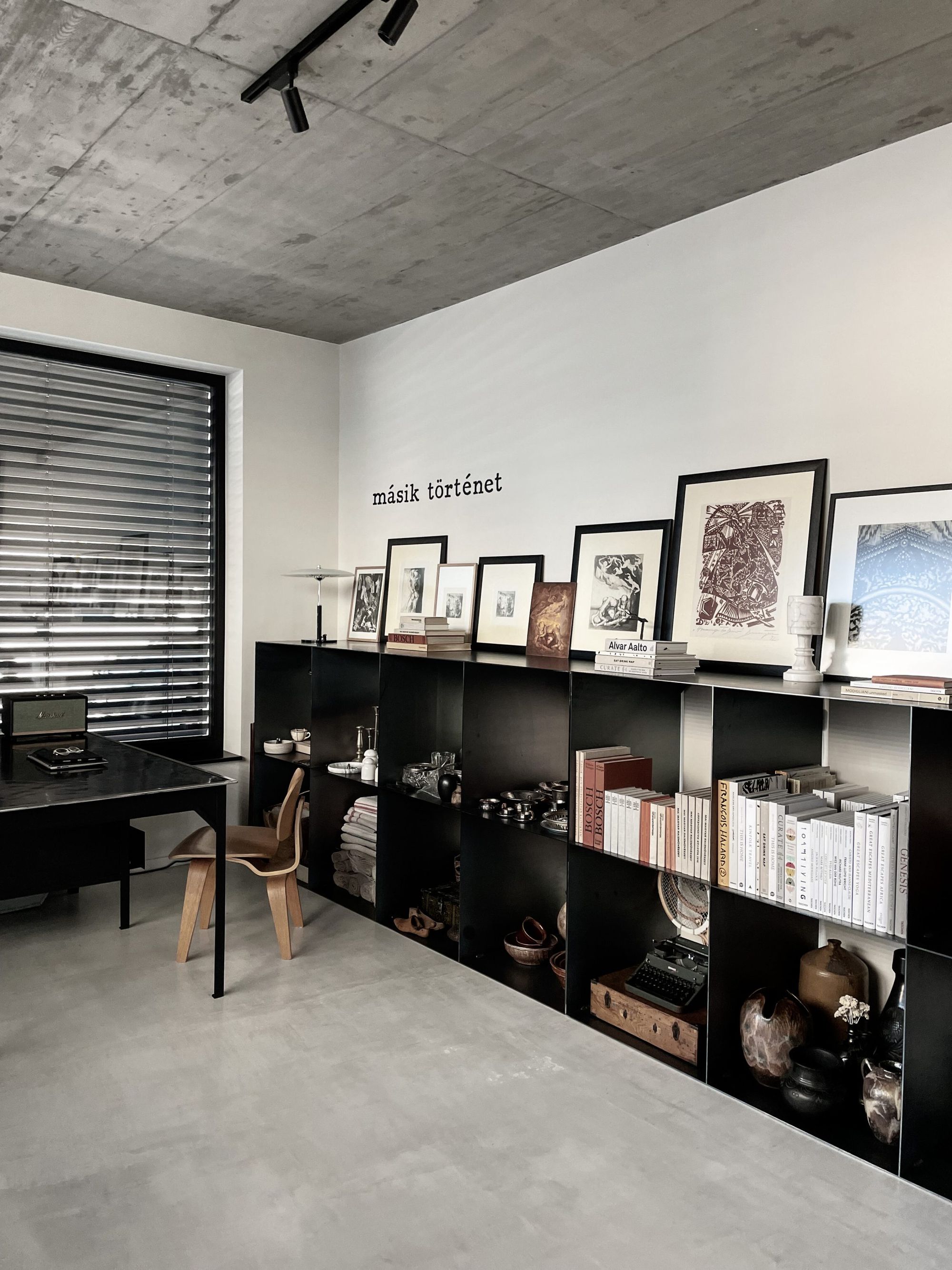
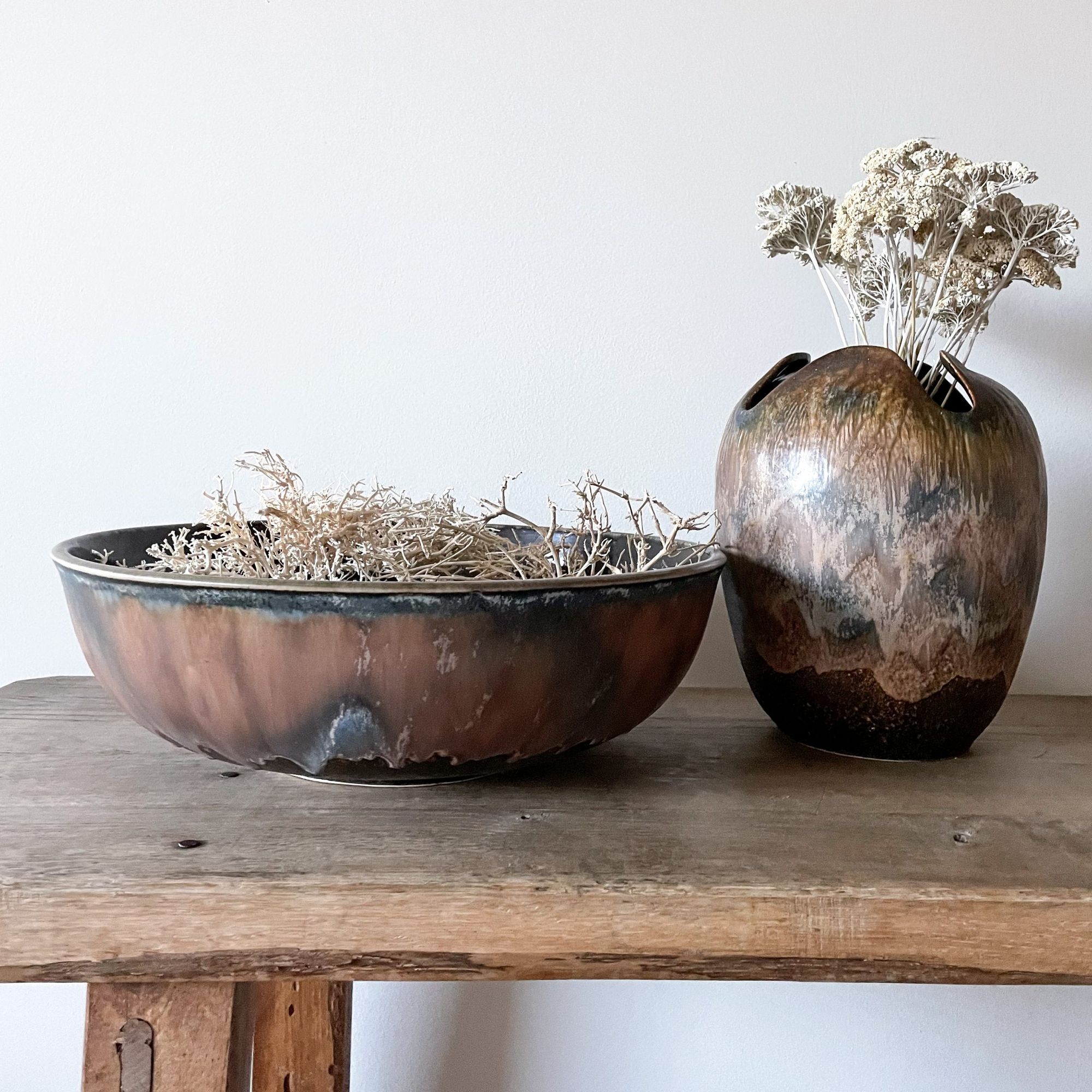
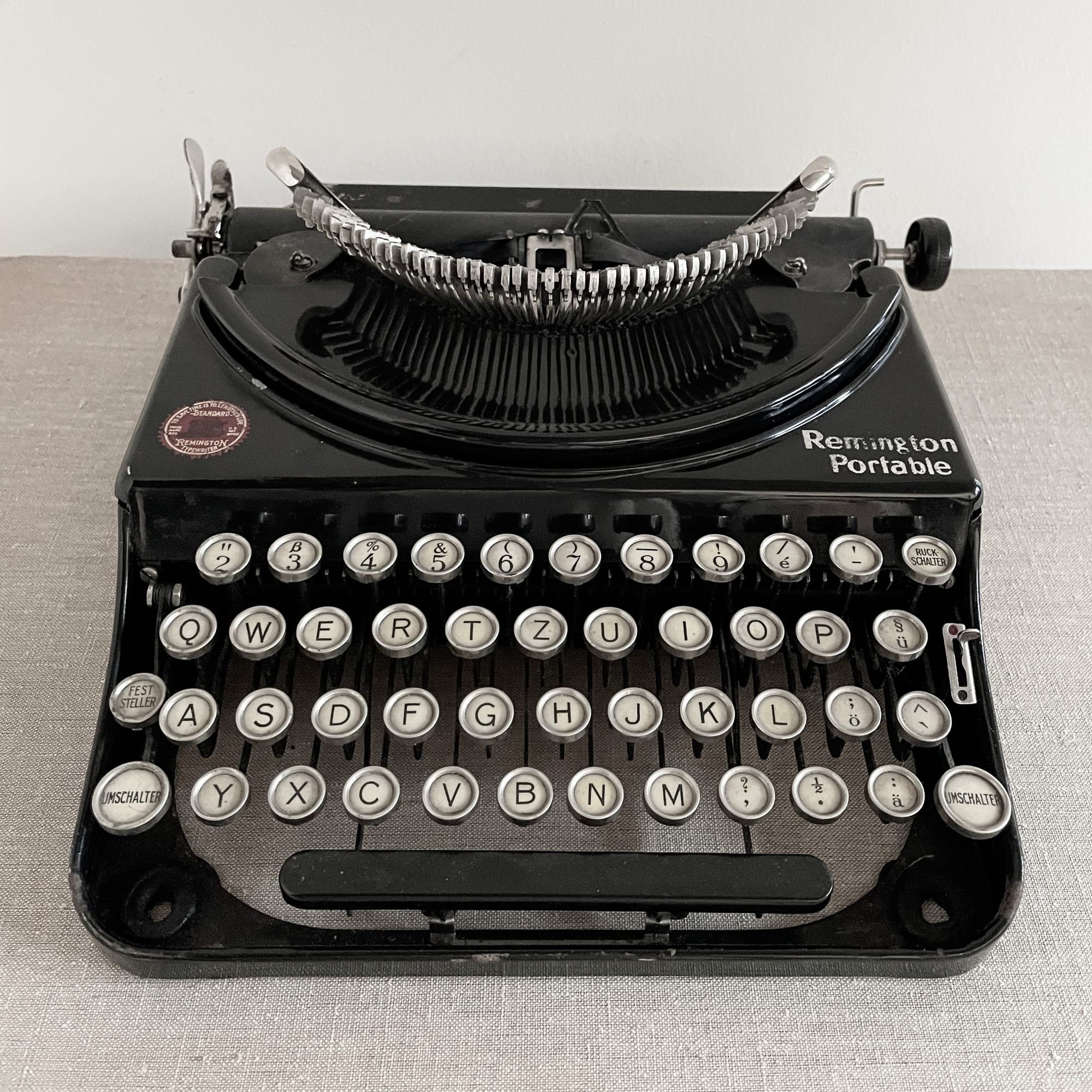
There is just something exciting about buying an object from a completely different century online. Do you think that trading those items on Instagram takes away from the interaction that might physically happen in, say, an offline antique shop or auction, or does it add to it?
The fact that objects from the last century appear in the online world of the 21st century on Insta is a strong pulling power, the contrast only enhances and highlights the objects. I drew a lot of inspiration from foreign magazines, hotels or design studios and I see that everyone is bringing back the heritage they left behind and trying to forget plastic. Although it is striking everywhere, there is fashion, for example! Besides, people are striving for originality these days.
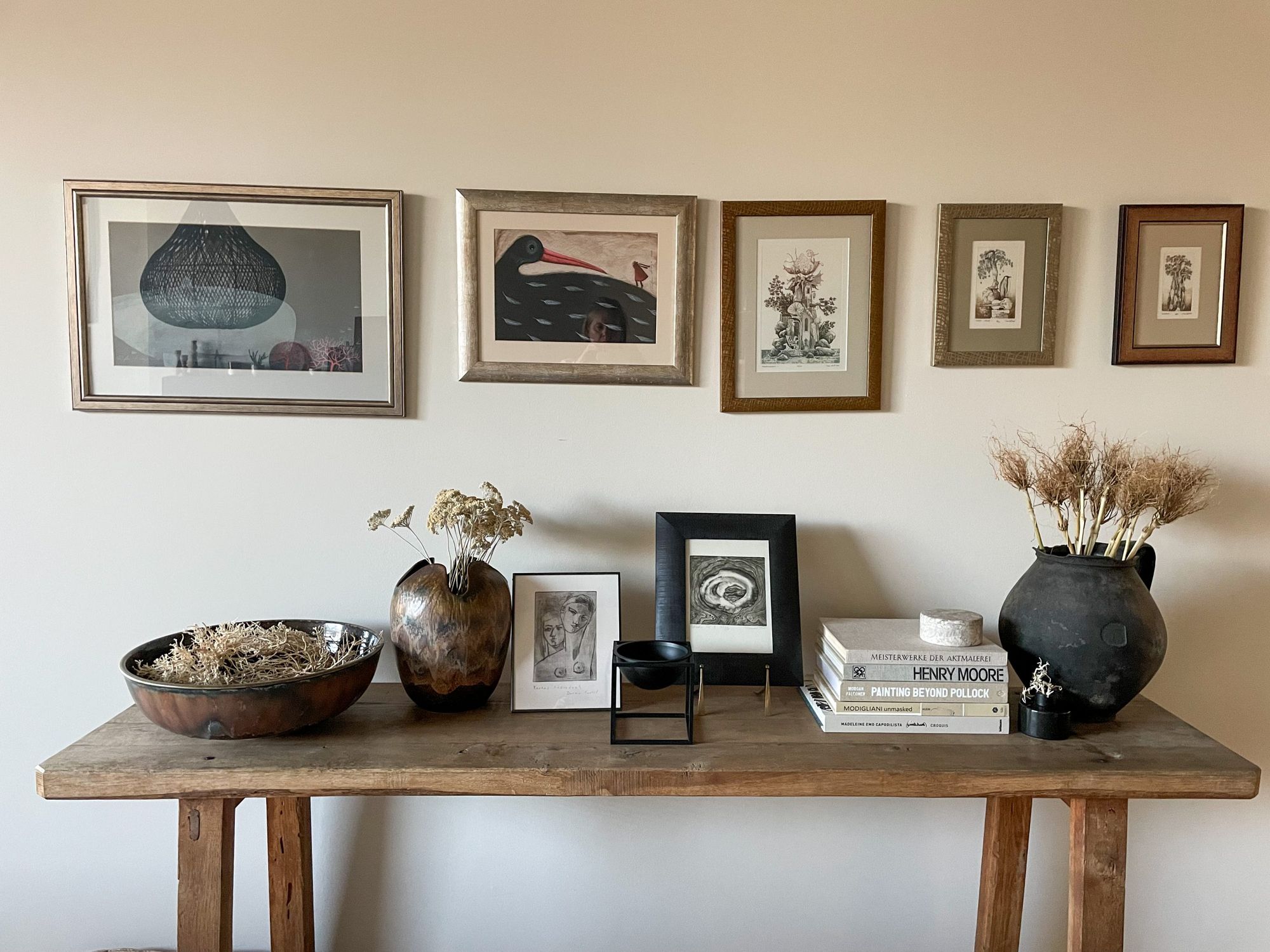
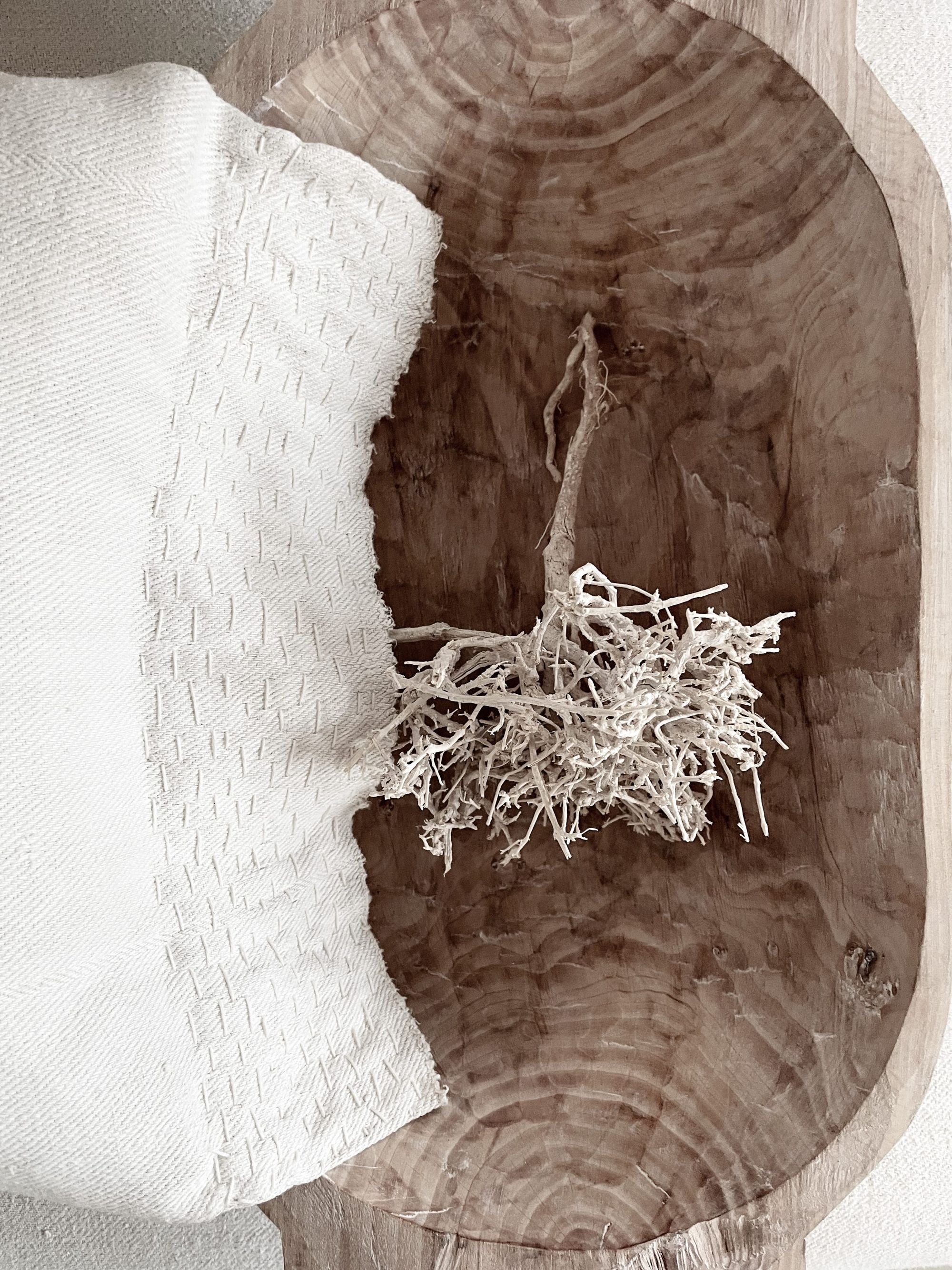
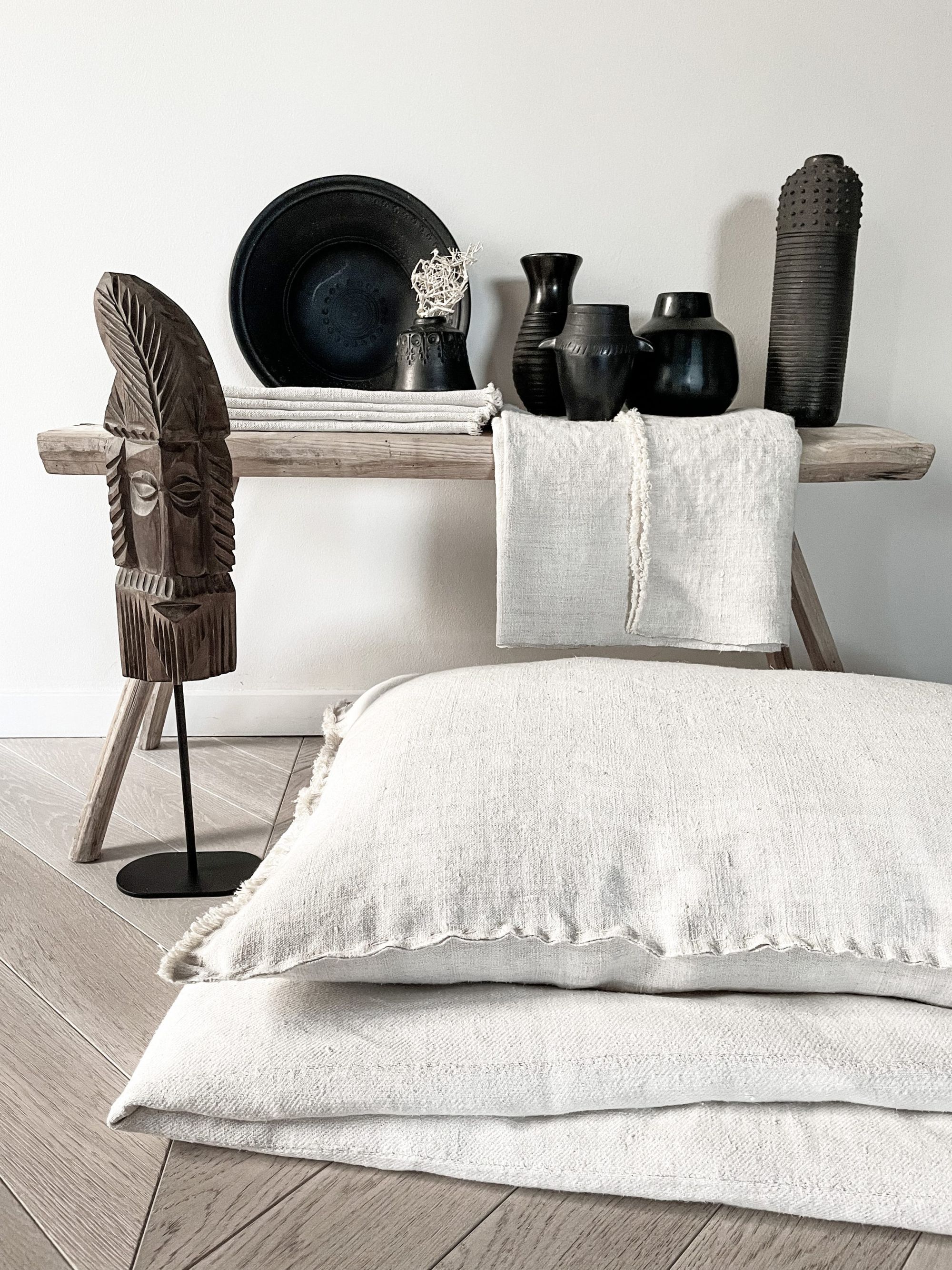
How do you learn about the history of your objects?
When I buy something, especially if it’s something unique, I always ask where they got it, who owned it before, what country, what region it came from? What I write next to the objects is indeed true. But these items carry some very nice, subtle memories as well. I have already had a charming story. I found a very beautifully crafted antique leather cardholder. I bought it from a very old person, who said it was from France. I quickly looked it up and saw that it was a prestigious brand that was once a competitor to Louis Vuitton. They were launched simultaneously, but unfortunately, the Second World War put an end to their production. Last year, however, they revived the Au Départ brand, which had been dormant for almost seventy years, and I just happened to find a tiny piece of it. I put it up for sale, tagged the brand in the advertisement, thinking I’d let buyers see what it was all about—and a dear buyer bought it. After the successful deal, I was approached by the brand’s creative director and told that he needed this piece for his archive. I had already sold it, but my buyer was terribly nice and gave it up. The creative director was very excited about how a tiny filing cabinet would make its way to their current headquarters in Italy. Luckily, we had planned our summer holiday to Lake Garda. It was an unreal coincidence. A few weeks later, we were sitting there in the showroom together, it was simply fantastic!


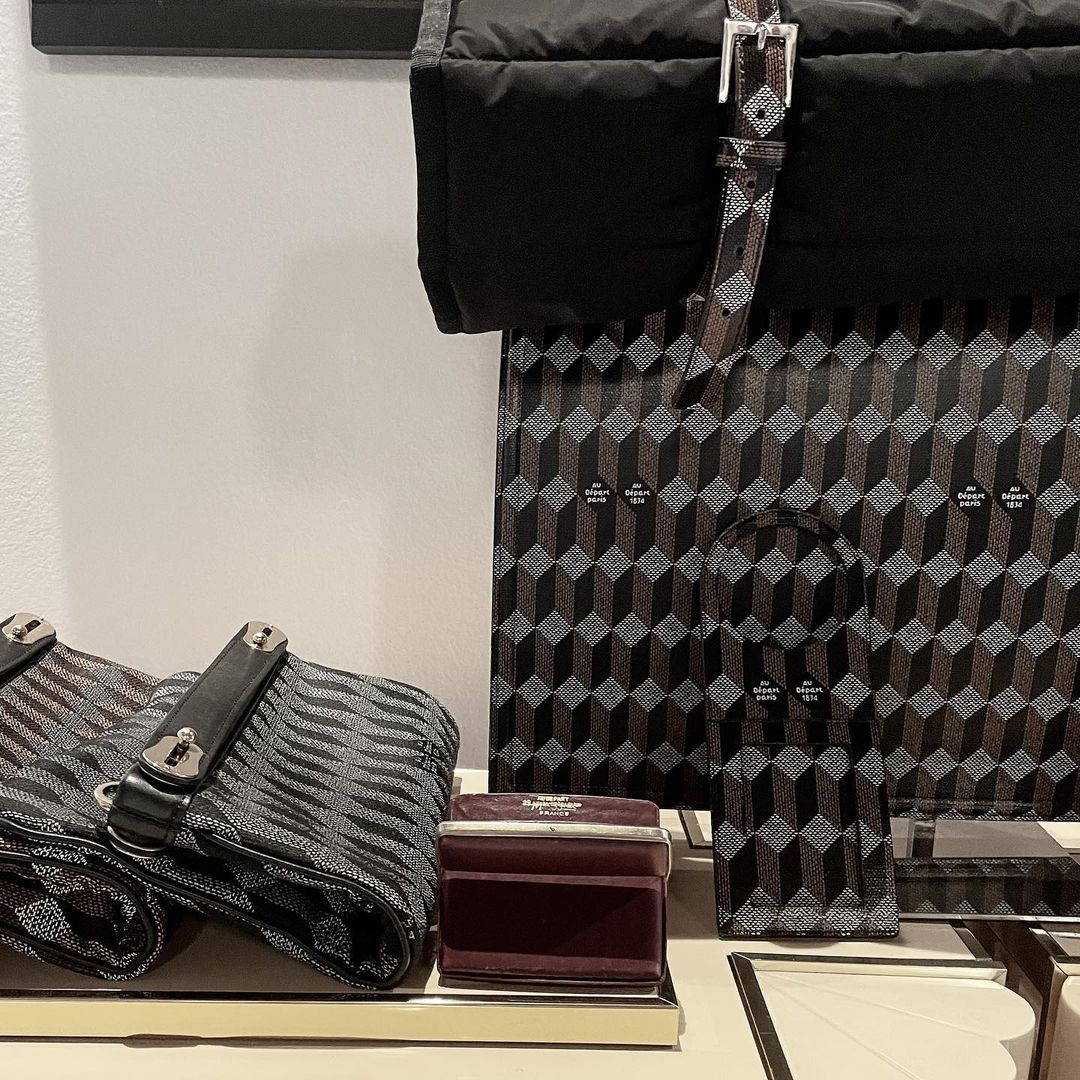
Photos: Másik történet
Some of your objects show a change of function.
My objects often evoke memories in people, and they’re not even attached to the items, but to what the items bring to mind. I try to present things from a different perspective, motivate people to imagine them differently from what their original role was. The shoe tree and the dulcimer look very good in homes, but those that have undergone a more exciting transformation are the industrial sculptures of Zsolnay. These are actually high voltage fuses that are still up in many places, but most of them have been replaced. I have collected a lot of them. They are decorative pieces. Once, one of Orsi Ruszkai’s diamond rings was also caught on camera in the company of these objects.
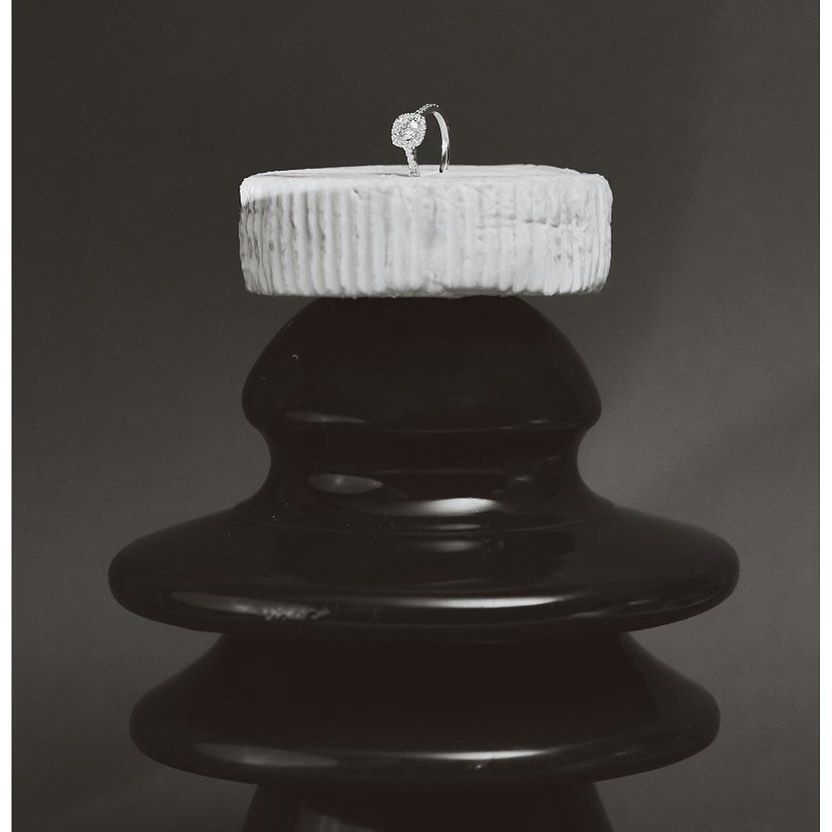
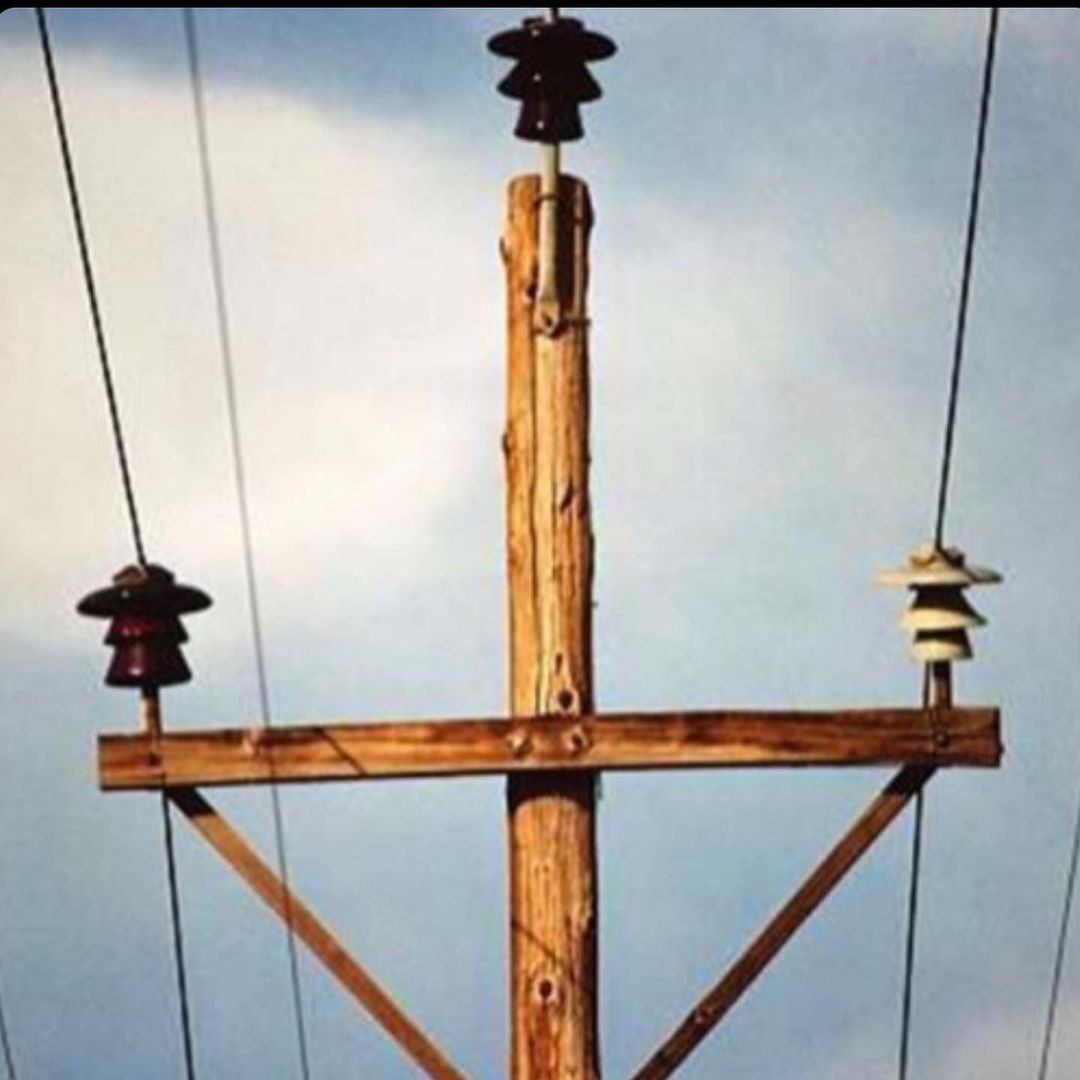

Photos: Másik történet, Ruszkai Jewellery
How does an online antiquarian spend her day?
It varies a lot: at the beginning of the week, I take photos, pack, organize, but I also often work at the weekends. I deliver the items to many of the customers myself, so I have the opportunity to meet the new owners and a direct relationship can develop. Sometimes my day is a bit chaotic, but organization is the key to everything.
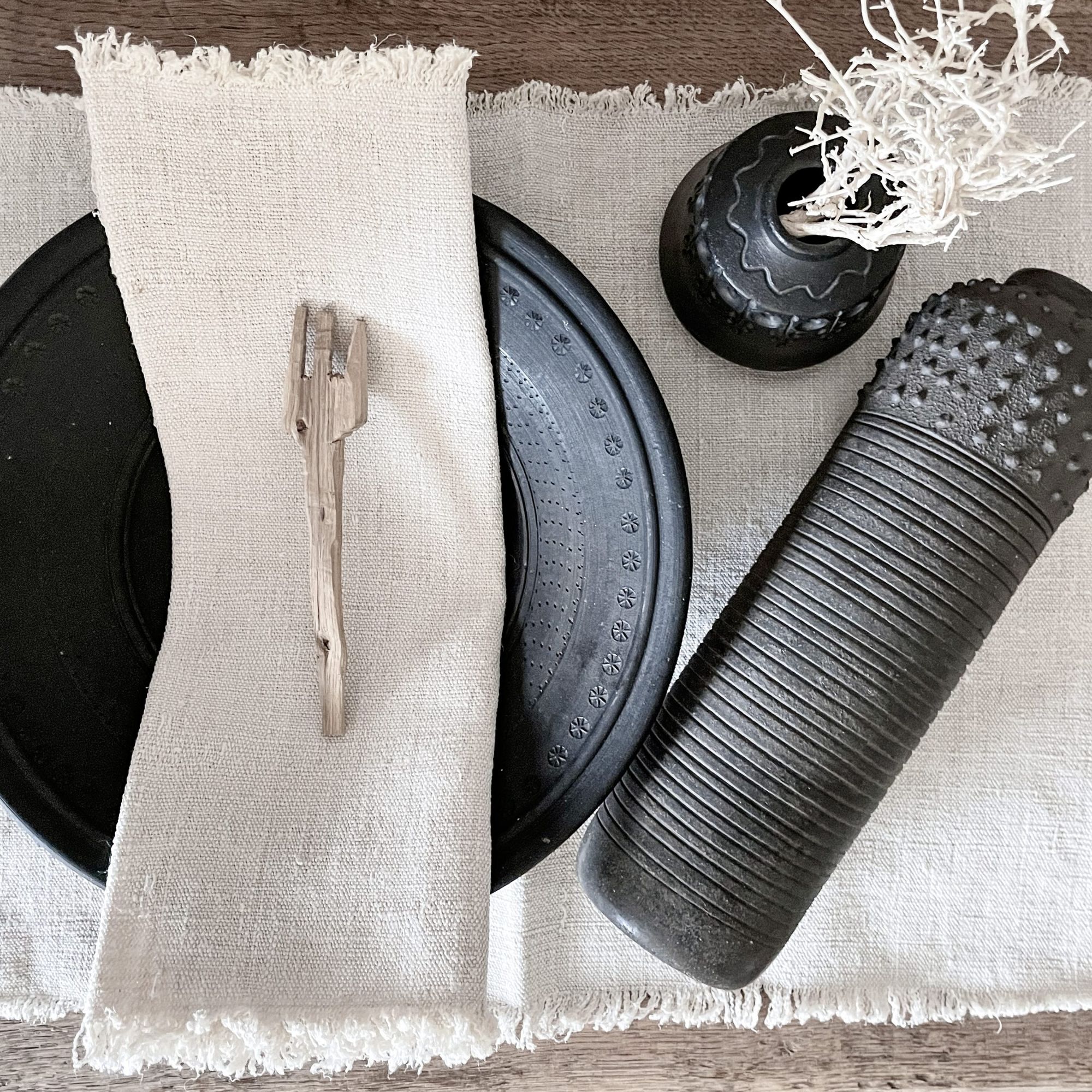
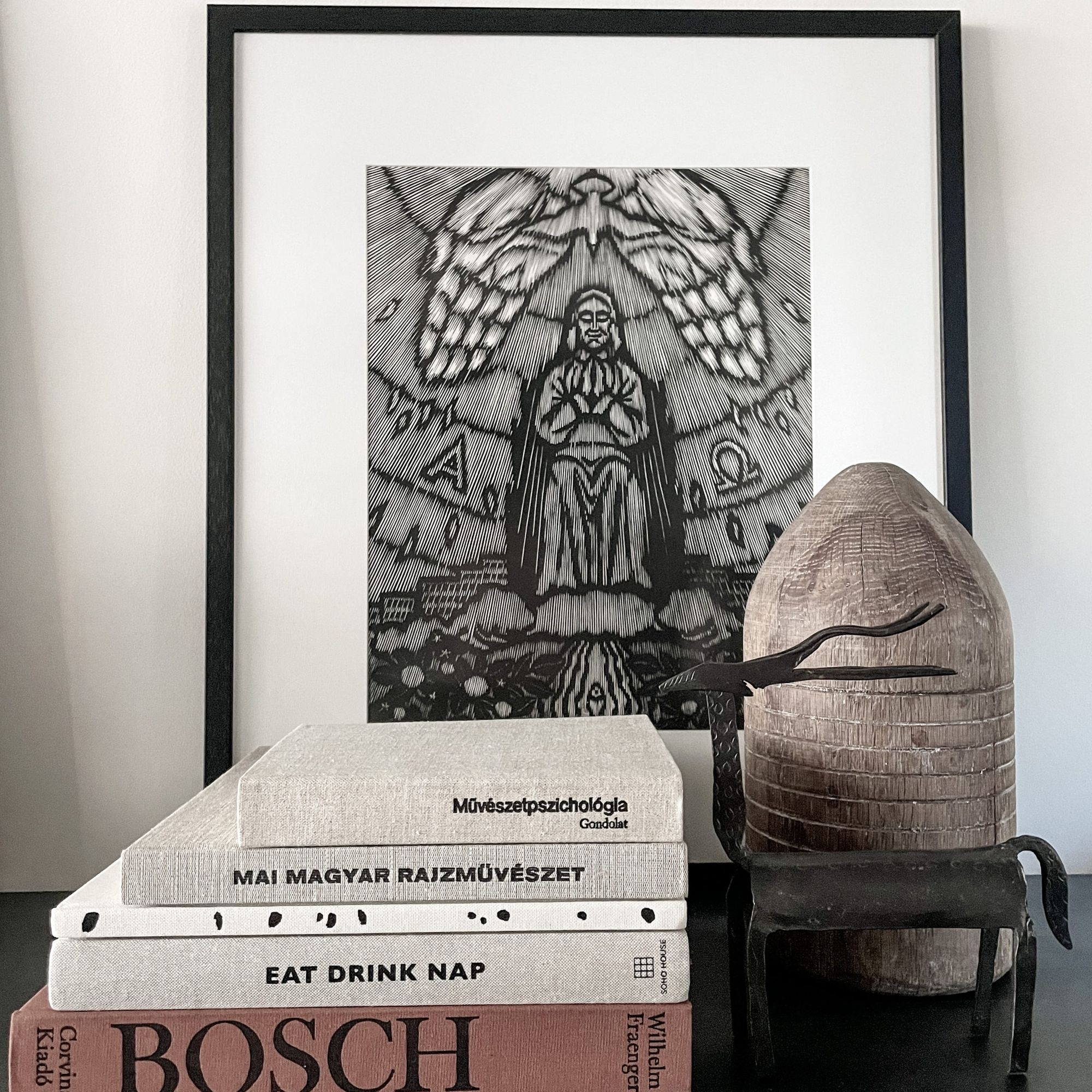
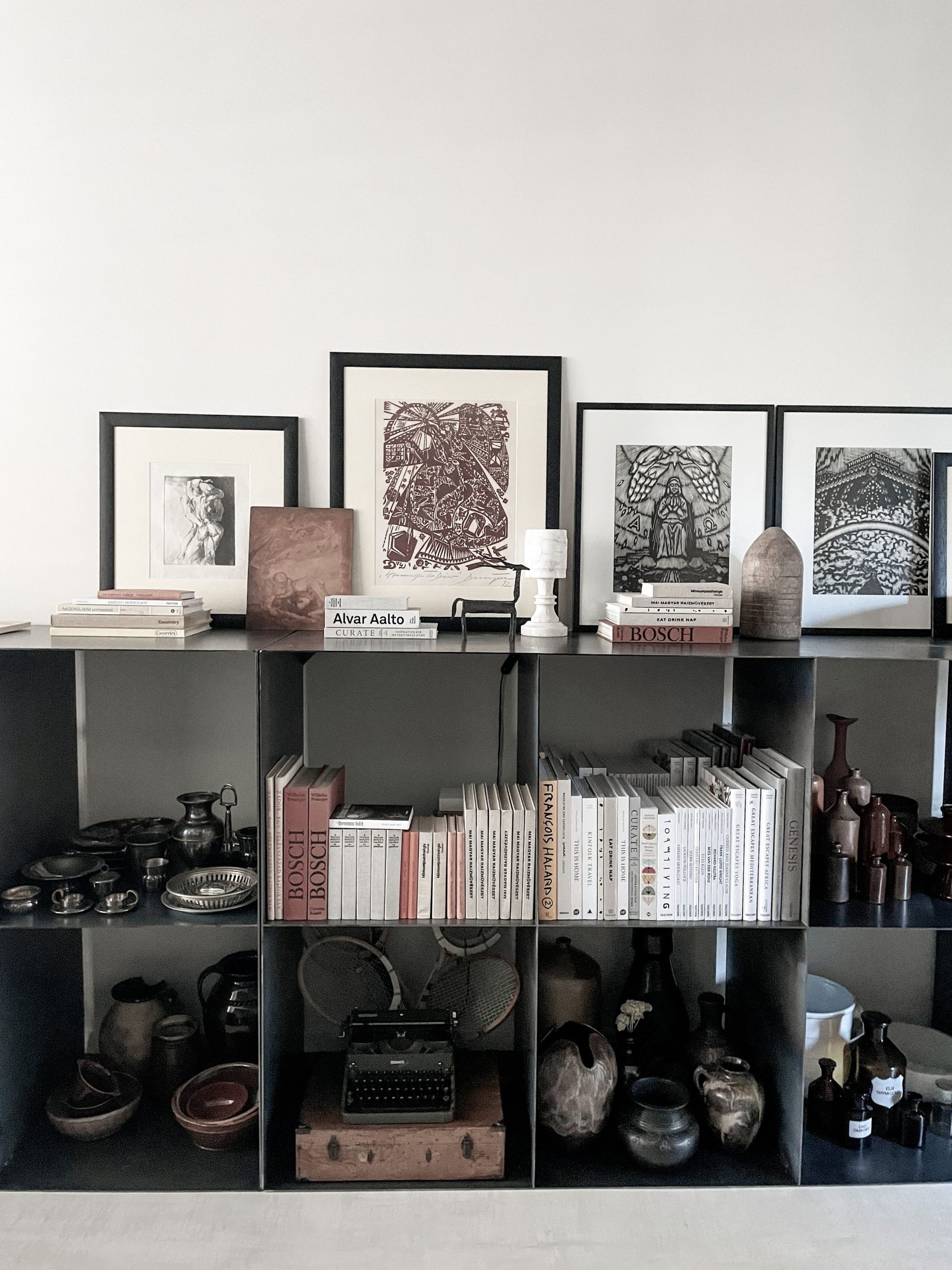
Másik történet | Instagram

Balbek bureau's interior design builds on the value of community

Apple, Google, Netflix—these companies have already imposed sanctions against Russia










